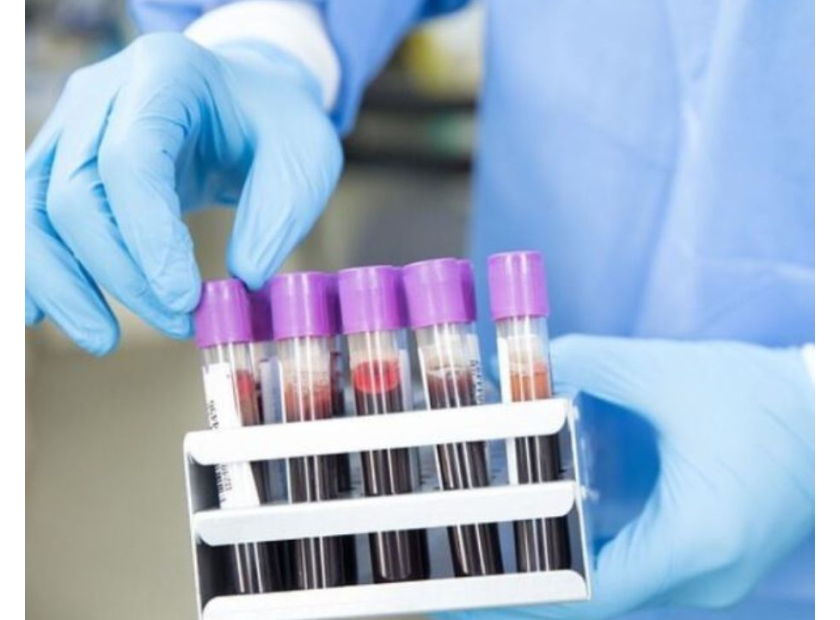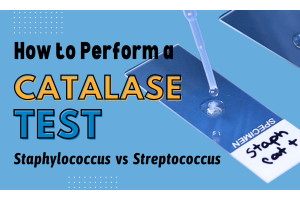Will Next Generation Sequencing Replace Culturing?
With more than 1,000 potential microbes known to cause human disease, the differential diagnosis of pathogens can be complex and challenging.
Traditional microbial culture-based methods are the most common and readily available tests for identification, but the turnaround time can be long when organisms are difficult to culture or arduous when testing requires invasive techniques.
Other technologies, like polymerase chain reaction (PCR) or mass spectrometric (MS) techniques, which are more rapid, have become extremely popular; however, these methods still have limitations, such as the need for presumptive diagnosis in order to test or the need for isolated pure cultures to perform the test.(1) Metagenomic next-generation sequencing (NGS), by detecting nucleic acids, is showing promise as a means of rapid pathogen identification.
Liquid biopsy technology based on cell-free DNA (cfDNA) is a useful and non-invasive tool using NGS technology. cfDNA originate from dying human cells as a result of cellular necrosis or apoptosis (e.g. tumor cells). cfDNA molecules are generally easily accessible in peripheral blood and have the potential for use as biomarkers for diagnostics, prognostics, and therapeutics, especially in certain types of cancers.(6)

Early studies using cfDNA did not focus on nucleic acids of microbial origin (mcfDNA), because these small molecules were less well understood. However, mcfDNA-based tests for the identification of infectious disease have been gaining traction in clinical practice.
In addition, an improved understanding of mcfDNA molecules has led to an increased number of studies demonstrating mcfDNA detection.(1,2,4-8) In turn, mcfDNA detection allows sensitive, broad, unbiased pathogen detection and has the potential for clinical application to identify a great variety of pathogens, such as invasive fungal infections, tuberculosis, and sepsis.
Recent reports indicate that NGS measuring mcfDNA are extremely useful in the diagnosis of a number of pathogens and syndromes, including organisms requiring invasive culture techniques in critically ill patients or those that are difficult to grow or take a long time to grow using traditional culture.
For example, in a study using 21 patients with endocarditis, results demonstrated a 95% sensitivity with mcfDNA NGS results. mcfDNA testing in these patients showed the same organism as isolated from blood culture in 20 patients and further identified Enterococcus faecalis in one of three patients with definitive culture-negative endocarditis.(2)
Furthermore, patients presenting with severe disease may be administered empiric antibiotics. This treatment plan limits the sensitivity of subsequent microbiologic studies, making it difficult to evaluate prescribed antimicrobial therapies and draw a conclusion with clinical outcomes.(8)

Another complication during the recent pandemic was that patients presenting with severe COVID-19 pneumonia may not have undergone standard invasive bronchoscopy due to the risks associated with healthcare personnel exposure to aerosolized SARS-CoV-2. Consequently, secondary infections by respiratory pathogens may have been undetected and negatively contributed to patient outcomes.
A study using mcfDNA isolated from plasma was conducted on fifteen critically ill patients confirmed by qPCR for infection by SARS-CoV-2.(8) Data was compared from survivors versus non-survivors, and non-survivors were found to have had higher mcfDNA molecules per microliter of plasma compared to survivors.
In addition, non-survivors showed a trend for a higher number of identified microbes per sample.(8) In most cases, secondary pneumonia was clinically suspected or diagnosed by treating physicians, but in a small subset no secondary infection was suspected or antibiotic therapy was not prescribed or discontinued based on negative blood cultures. In patients who did not receive antibiotic therapy, 50% did not survive.
Subsequent mcfDNA testing detected respiratory pathogens in 3/4 of these patients.(8) The study demonstrates an opportunity for integration of mcfDNA testing with clinical data to supplement antibiotic stewardship, which may have the potential to decrease mortality rates in critically ill patients.
In both studies, the Karius Test®, a rapid commercially available liquid biopsy metagenomic NGS test utilizing cfDNA technology was used. The test shows promise in identifying over 1,200 pathogens: including members from all three domains, Bacteria, Eukarya (including fungi), and Archaea, as well as some common viruses.(2-4,8) The Karius Test® utilizes a simple, non-invasive whole blood draw from a standard plasma or EDTA tube. Results for most samples are attained within one day of testing and available via mobile app or through a web portal, but the cost is still quite high.
However, there are limitations to this type of sample processing. NGS mcfDNA testing is highly sensitive and has the potential to create polymicrobial results reporting, including the presence of commensal or transient non-pathogenic microorganisms depending on the specimen type.(4) Careful interpretation, in conjunction with clinical presentation and other diagnostic tools, may be necessary.(4,8)
Nevertheless, such a powerful diagnostic test can be an extremely useful tool to aid in identification of pathogens using less invasive techniques, or as a backup to culture negative results in critically ill patients when infection is strongly suspected.
Author: Kerry Davies Pierce - Design & Development Specialist at Hardy Diagnostics







